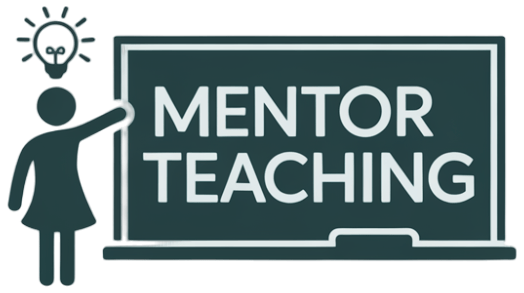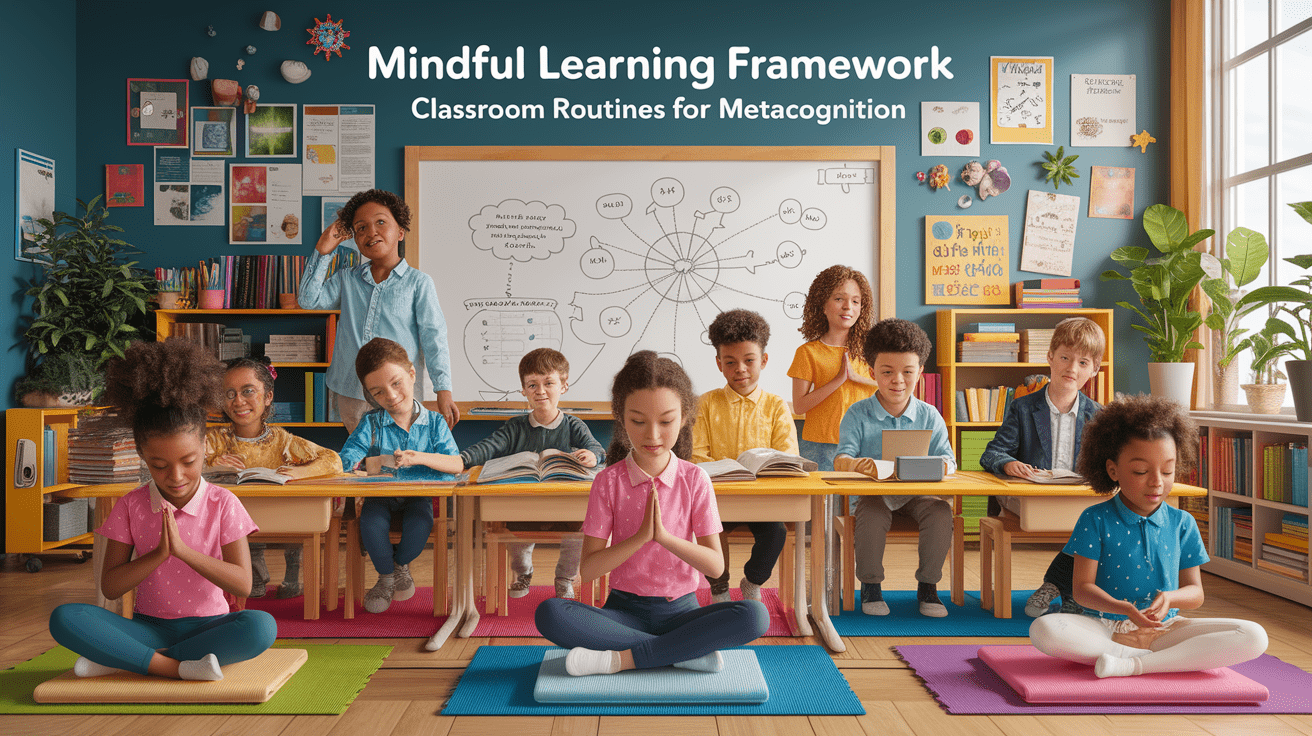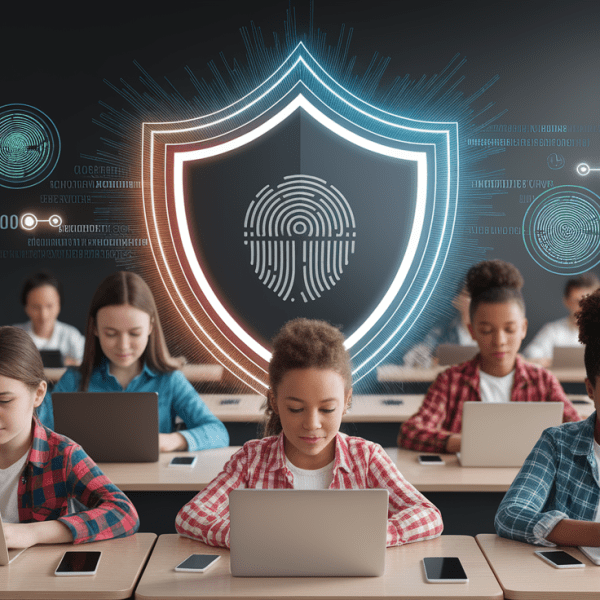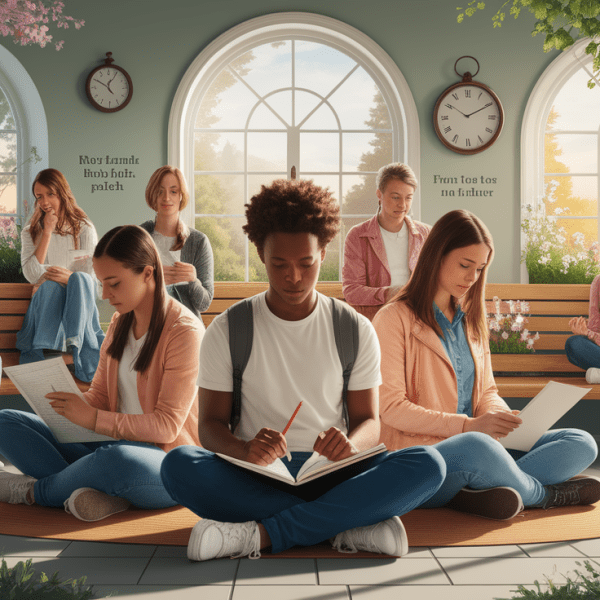Sparking Reflective Thinkers
Imagine walking into a classroom buzzing with curiosity—students not only learning what to think but also how they think. That’s the magic of metacognition: the empowering art of “thinking about thinking.” When learners become aware of their own cognitive processes, they step into the role of reflective thinkers, able to self-monitor, plan, and adapt their strategies in real time. According to educational psychology research, this higher-order skill boosts understanding, memory, and problem-solving across all subjects.

By sparking metacognitive awareness early, teachers can help students recognize strengths, spot gaps, and confidently navigate challenges. It’s like equipping each learner with a mental GPS—they know where they’re starting from, where they want to go, and can reroute when necessary.
Quick-Start Metacognitive Routines
If you’re wondering, “Where do I start?”, think small and consistent. Daily routines make metacognition part of the learning culture rather than an occasional activity. Here are a few quick-start ideas:
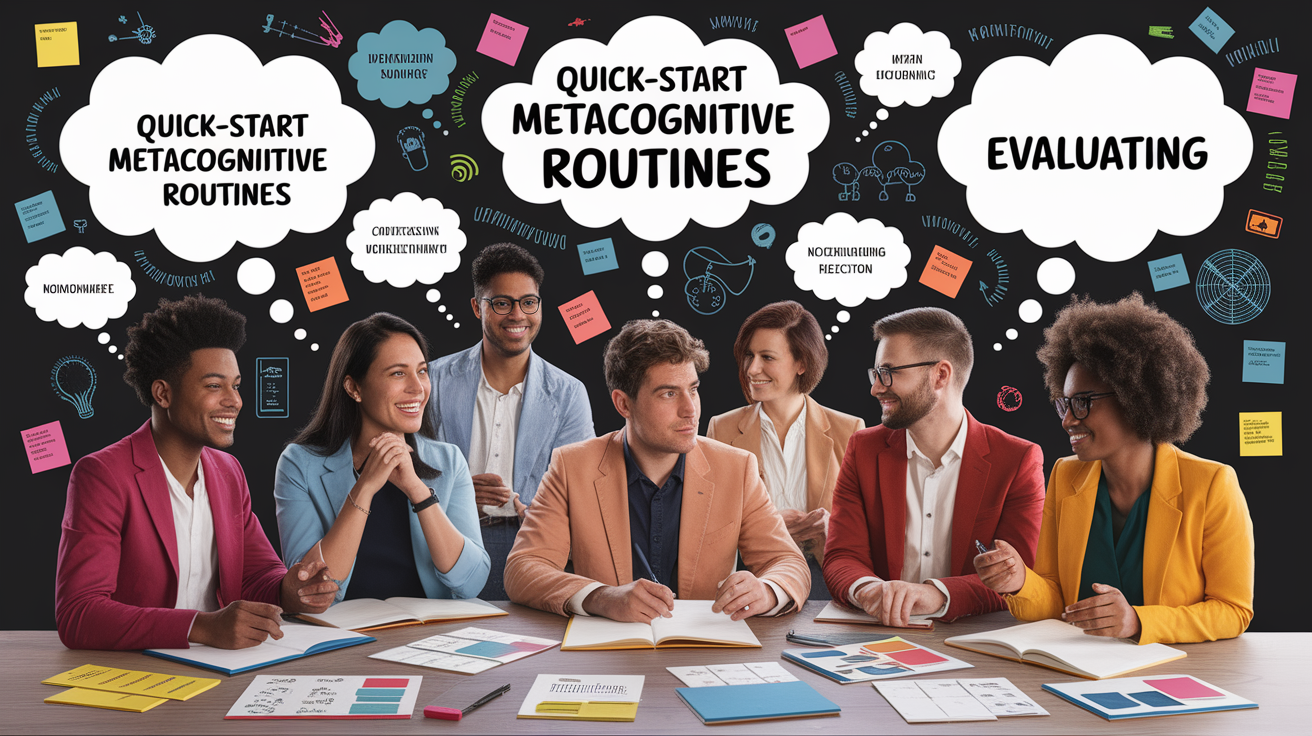
- Morning “Think-Forward” Prompt: Ask students to write one goal for their learning that day and the strategy they’ll use to achieve it.
- Mid-Lesson Check-In: Have learners pause and reflect—Is my strategy working? Do I need to adjust?
- End-of-Day Reflection: Students note what learning approaches helped and what might work better next time.
As described in classroom strategy guides, these routines transform unconscious habits into deliberate choices, fostering independence and resilience.
Structuring Your Classroom for Reflection
Creating a metacognitive-friendly space is all about structure and tone. A supportive classroom culture—covered beautifully in metacognition development resources—encourages safe exploration of ideas and candid evaluation of strategies.
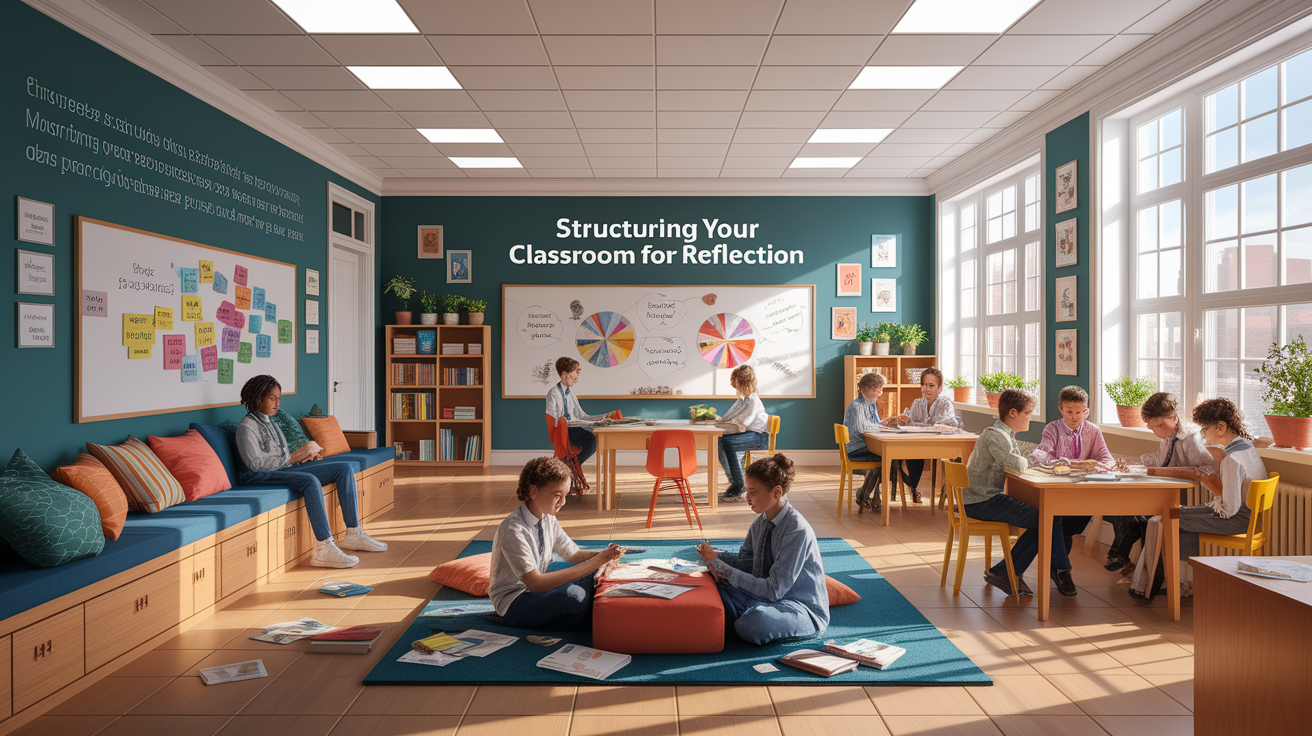
Consider these design elements:
- Dedicated Reflection Time: Build regular pauses into lessons for discussion or journaling.
- Visible Thinking Boards: Display common cognitive strategies and invite students to add their own.
- Teacher Modeling: Share your own thought process during problem-solving to normalize reflective habits.
By embedding these practices, students learn that reflection isn’t a “bonus”—it’s part of the learning journey.
Tools and Prompts to Guide Student Thinking
Prompts and tools are like conversation starters between a student and their own mind. With the right cues, learners begin to unpack not just what they know, but how they know it.
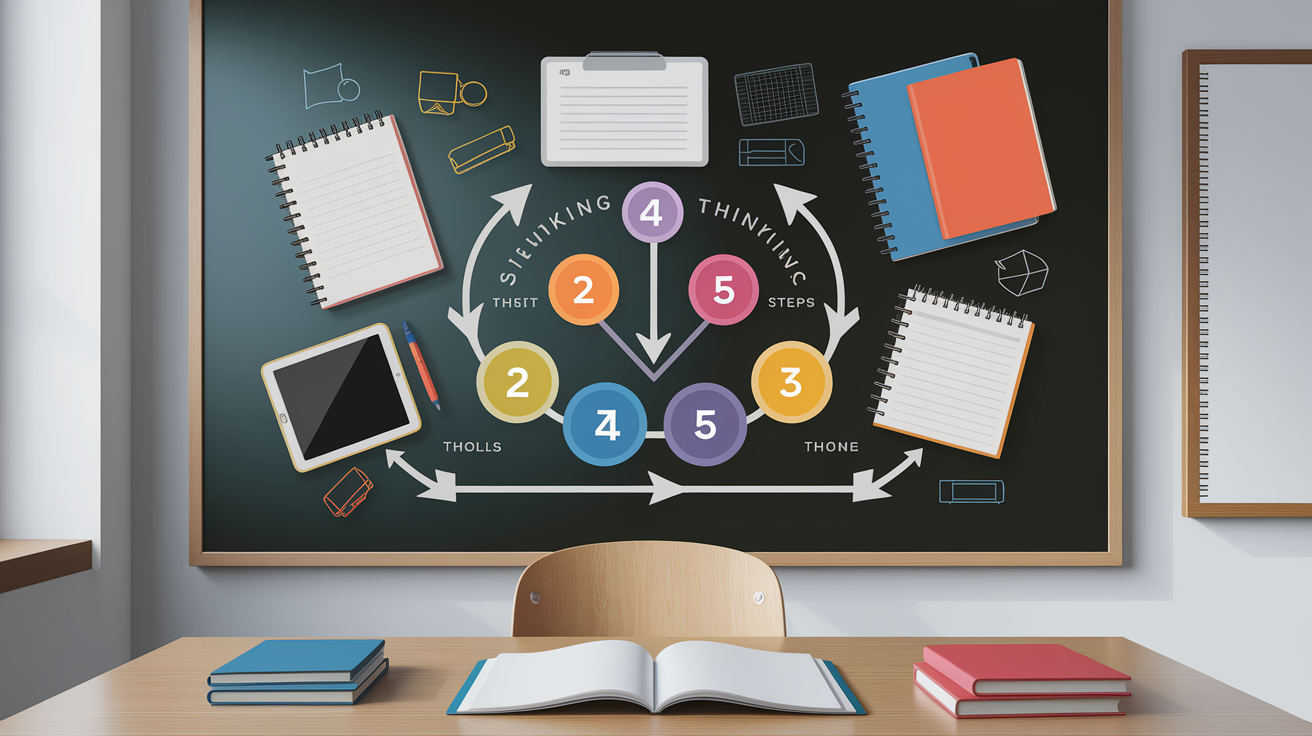
Examples of effective tools include:
- Learning Journals: Students track strategies used, noting successes and challenges.
- Guided Self-Questioning: Prompts such as “What is the purpose of this task?” or “What steps do I need to take next?” encourage active mental monitoring.
- Peer Reflection Rounds: Partner discussions about different problem-solving approaches.
Drawing on metacognitive research, these tools foster self-regulation by making thinking processes visible and discussable—an essential part of transfer across subjects.
Monitoring and Refining Your Routines
Metacognitive routines are living systems; they thrive when monitored and adapted. Regular formative assessments and self-assessments give insight into how well students are engaging with reflective practices.
Teachers can:
- Collect student journals or reflection sheets to spot emerging patterns.
- Use one-on-one conferences to discuss strategy adjustments.
- Encourage peer feedback to expand awareness beyond individual perspectives.
Evidence from empirical studies shows that even brief metacognitive interventions significantly improve accuracy in self-monitoring and problem-solving—so refine, revisit, and keep it dynamic!
Wrapping Up Your Metacognitive Journey
Integrating metacognition into classroom routines isn’t about adding “one more thing” to your already busy teaching schedule—it’s about enhancing what’s already there. With consistent reflection, guided questioning, and a safe space to explore thinking, students grow into autonomous, resilient learners eager to take ownership of their educational journey.
So, start small, make it regular, and invite your learners to become curious detectives of their own minds. Before long, you’ll see the transformation: a classroom full of reflective thinkers ready to navigate challenges with confidence and skill.
